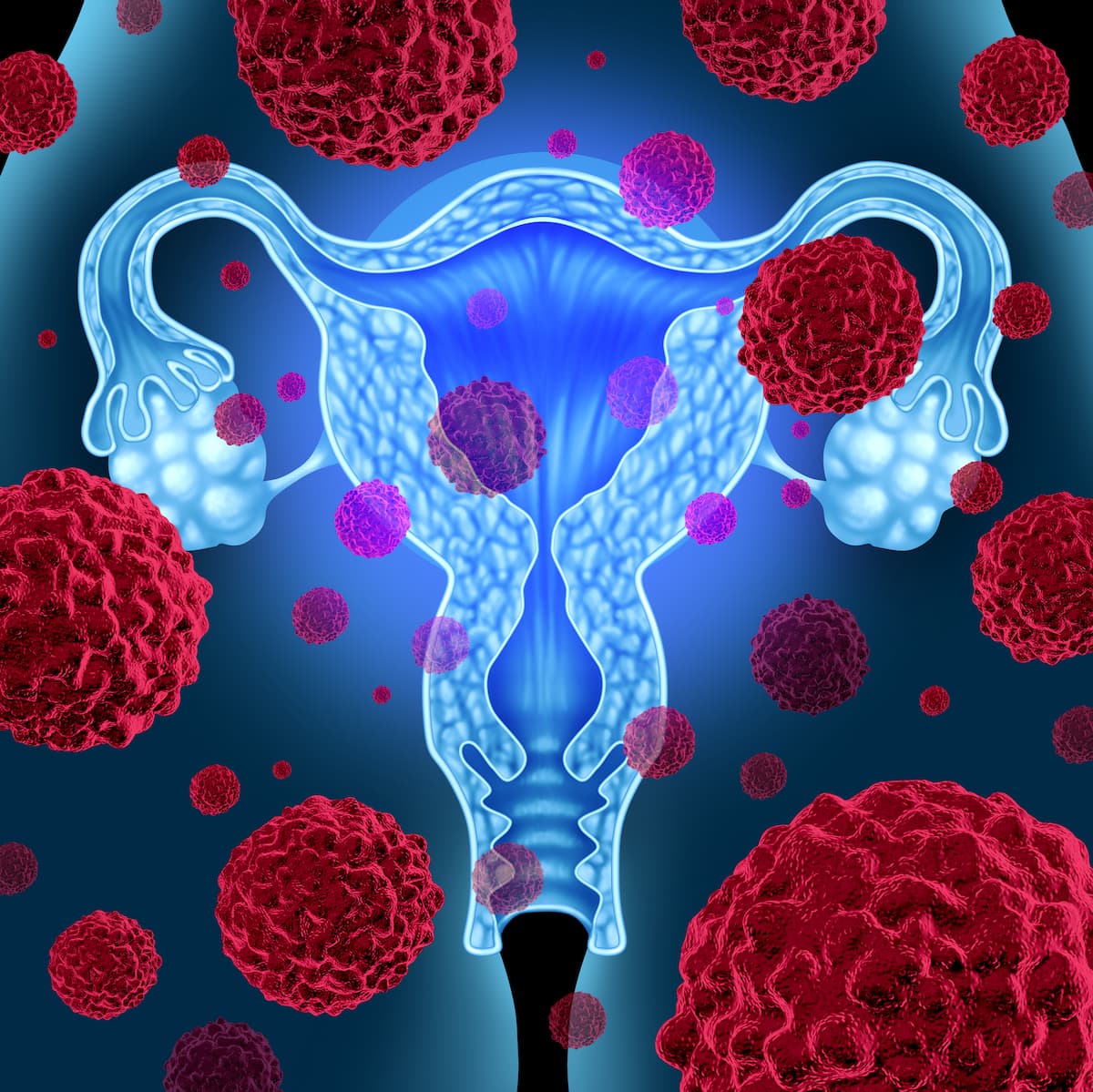Data Suggest Worse Survival in Black Low-Risk Endometrial Cancer Population
Findings suggest the presence of different genetic pathways that may drive disparities in outcomes between Black and White patients with endometrioid endometrial cancer, according to Kristin Taylor, MD.
"We’re hoping to develop models in the lab derived from the tumors of Black and White [patients] with this subtype of cancer to look for biologic differences that could help inform treatments for each population," according to Kristin Taylor, MD, assistant professor of Obstetrics and Gynecology at Cedars-Sinai Cancer.

Black patients with stage IA, grade 1 to 2 endometrioid endometrial cancer were less likely to receive treatment with hysterectomy and had worse survival outcomes compared with White patients, according to findings from an analysis of data obtained with the Surveillance, Epidemiology, and End Results (SEER) database.1
Overall, 96.3% and 98.5% of Black and White patients, respectively, underwent hysterectomy (P <.001). Investigators reported that 54.8% and 51.5% of patients in each respective population received sentinel lymph node biopsy or regional lymph node biopsy (P = .03), and that 9.1% and 7.0% of patients received radiotherapy (P <.001).
Black race was predictive of not receiving hysterectomy based on multivariate analysis (odds ratio [OR], 0.44; 95% CI, 0.32-0.60), as was Hispanic origin and being insured with Medicaid. According to the adjusted analysis, not receiving a hysterectomy also correlated with a lower cancer-specific survival (CSS; HR, 0.14; 95% CI, 0.09-0.21) and OS (HR, 0.18; 95% CI, 0.14-0.23). Investigators also reported that Black race was an independent predictor of more prevalent CSS (HR, 2.07; 95% CI, 1.50-2.86) and death by any cause, with a more than 70% increased risk of death for Black patients (1.74; 95% CI, 1.44-2.09).
Of 273 patients not treated with any cancer-directed surgery, 2.6% received regional node assessment, 16.7% received radiotherapy, and 0.7% received chemotherapy. Additionally, 3.0% of Black patients did not receive surgery compared with 1.0% of White patients (P <.001).
The most common reasons for not receiving surgery among Black and White patients, respectively, included not being recommended for it (65.4% vs 62.0%), medical contraindications (7.7% vs 14.0%), and patient refusal (13.5% vs 8.0%). Investigators also identified being insured with Medicaid (3.4%), living in a county with the lowest quartile income (2.2%), and living in the South (2.1%) as variables that correlated with not receiving surgery.
At 5 years, the rate of relative survival (RS) was 95.4% (95% CI, 92.2%-97.3%) for Black patients compared with 100.0% of White patients. Investigators noted with respect to OS (HR, 1.74; 95% CI, 1.44-2.09). CSS at 5 years was 95.0% (95% CI, 93.2%-96.4%) in Black patients compared with 97.8% (95% CI, 97.5%-98.1%) in White patients. Additionally, a multivariate analysis indicated that Black race correlated with worse CSS (HR, 2.07; 95% CI, 1.50-2.86), and the same applied to factors including increasing age, Hispanic origin, and not receiving hysterectomy.
“We’ve known for years that Black [patients] with endometrial cancer have lower survival rates than White [patients], largely because they are more likely to have an aggressive subtype and to be diagnosed at an advanced stage,” lead study author Kristin Taylor, MD, assistant professor of Obstetrics and Gynecology at Cedars-Sinai Cancer, said in a press release on these findings.2
“But our study found this disparity persists even when we compare patients with the lowest-risk form diagnosed at the earliest possible stage…. Some data suggest that there are different genetic pathways, even within this narrow subset of tumors, that could be driving disparities between outcomes in Black and White [patients]. We’re hoping to develop models in the lab derived from the tumors of Black and White [patients] with this subtype of cancer to look for biologic differences that could help inform treatments for each population.”
Investigators collected data from 18 SEER registries from 2010 to 2016 to assess outcomes of patients with endometrioid adenocarcinoma, specifically Black or White patients with low-grade tumors and stage IA disease. The study’s primary objective was evaluating the relationship between race and receiving cancer-directed surgery and survival in this previously described patient population. Calculating 5-year CSS and RS rates involved use of SEER*Stat 8.3.8, and investigators identified predictors of OS and CSS with Cox proportional models.
The overall population included 23,431 patients with stage IA grade 1 or 2 endometrioid endometrial adenocarcinoma, of whom 1706 were Black and 21,725 were White. The median age was 59.6 years and 60.2 years in Black and White patients, respectively (P = .56). Investigators also noted that 38% of Black patients and 30% of White patients had grade 2 tumors (P <.001). Additionally, it was more probable for Black patients to have Medicaid insurance and live in counties with lower socioeconomic status than their White counterparts.
References
- Taylor KN, Li A, Manuel M, Rimel BJ, Kim KH. The association of black race with receipt of hysterectomy and survival in low-risk endometrial cancer. Gynecol Oncol. 2023;175:156-162. doi:10.1016/j.ygyno.2023.06.012
- Examining race and endometrial cancer outcomes. News release. Cedars-Sinai Cancer. August 31, 2023. Accessed September 8, 2023. ceda.rs/3Ey72WC